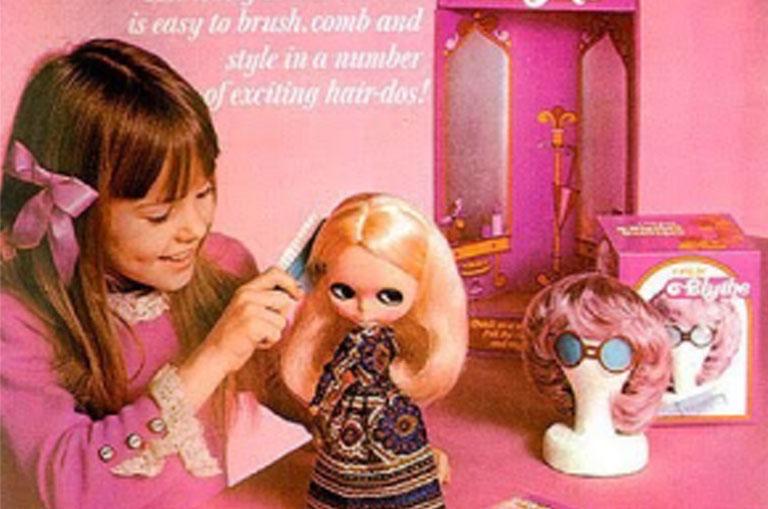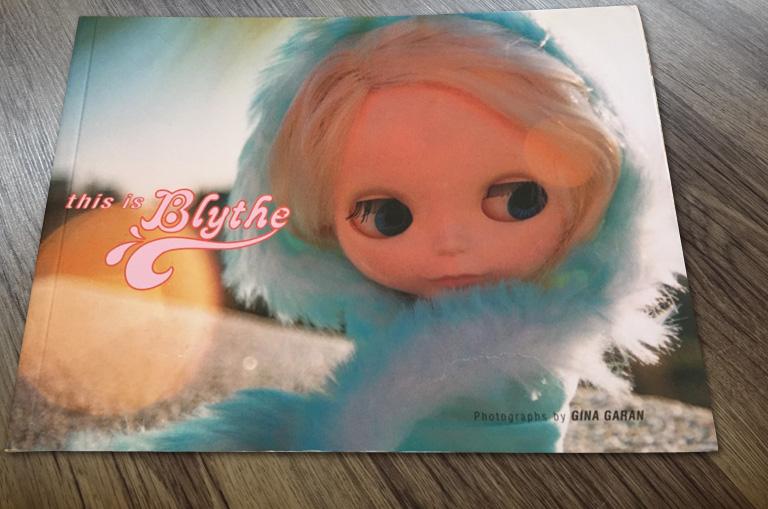· Blythe Universe ·

Blythe dolls have a fascinating history. For more than half a century now they have retained their original charm.
Find out all about it!
· The 10 keys to the Blythe Universe ·
The Blythe family. As with all families, chez Blythe, each doll is different...
We present the main keys for getting to know them.
· Identifying a Blythe in 3 steps ·
1
Height
There are three original Blythe heights.
Here we show you how to differentiate between them.
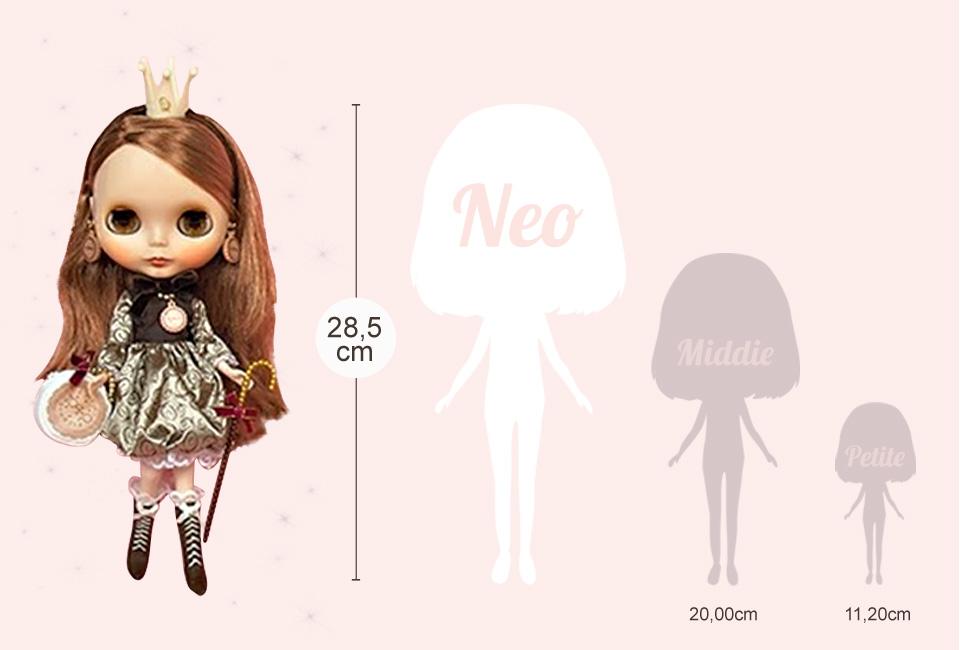
- Height: 28,5 cm
- Direct successor to the Kenner originals
- It has 4 pairs of chips (eyes) which change colour and position
- The body is quite static but she has three movable positions in the knees
- There are various types of molds
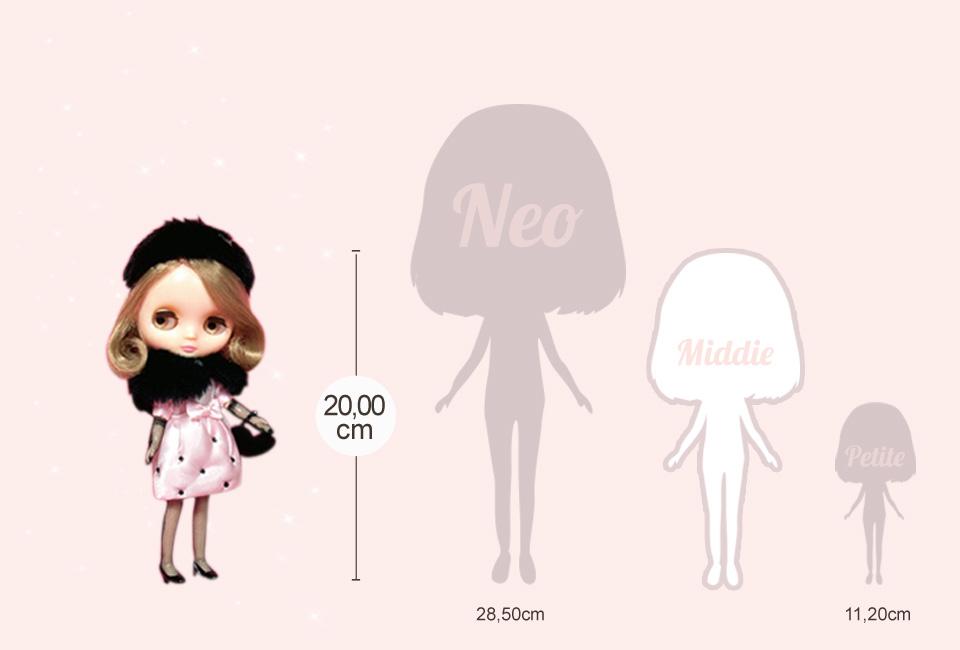
- Height: 20 cm
- They were born in the year 2010
- They have 3 eye positions and 1 sole colour
- They can move their eyes from left to right by means of a small wheel behind the head
- The knees do not bend

- Height: 11,2 cm
- They were conceived in the shape of a keyring
- Mobile parts: Eyelids and extremities
2
Neo Blythe molds
The head mold has evolved since the first Blythe. Find out about them.
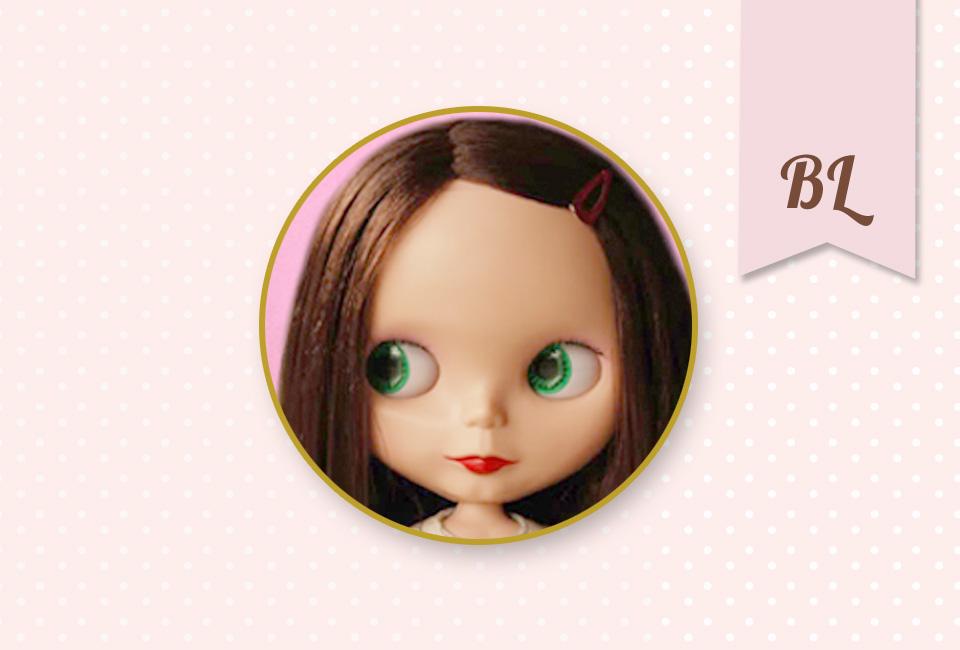
- June of 2001 - March of 2002
- Same body as the Licca dolls
- Flexible legs and arms.
- Some models with matt face and 'boggled eyes'
- Very fine eyelashes and round eye sockets
- They are not currently in production, and are much in demand after the Kenner Blythe originals

- June of 2002 - October of 2003
- The Licca body is replaced with another more rigid one
- Only the legs are flexible
- Fine and soft eyelashes
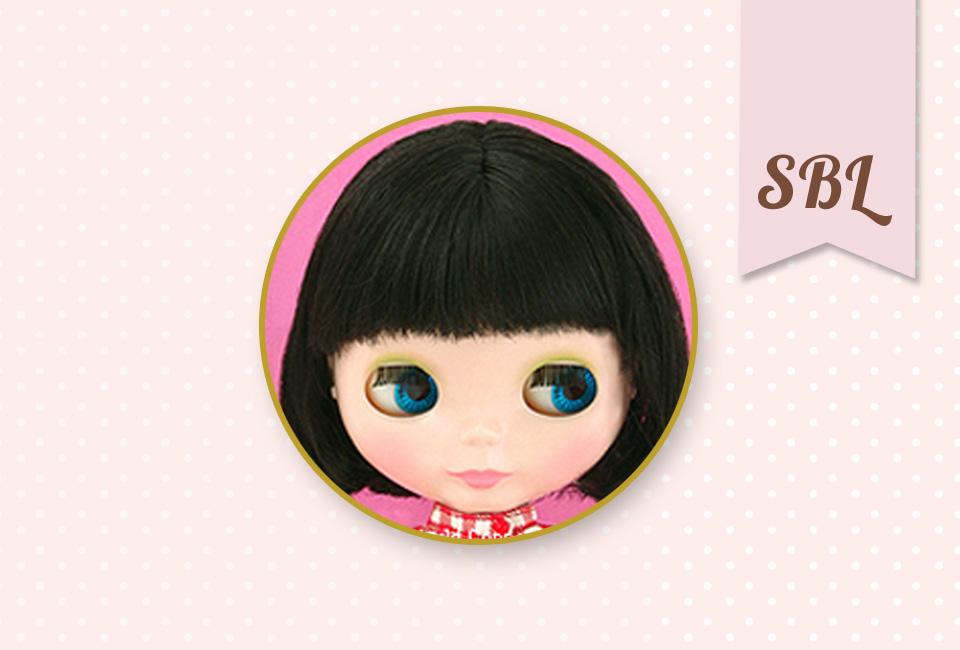
- February of 2004 - End of 2006
- New head mold (difficult to open)
- Only the legs are flexible

- December of 2006 - Today
- Brings together the best features of the EBL and SBL
- It has the smallest face and roundest nose
- The click made by the eyes when pulling the ring is softer
- This new mold is closer to the Kenner Blythe originals
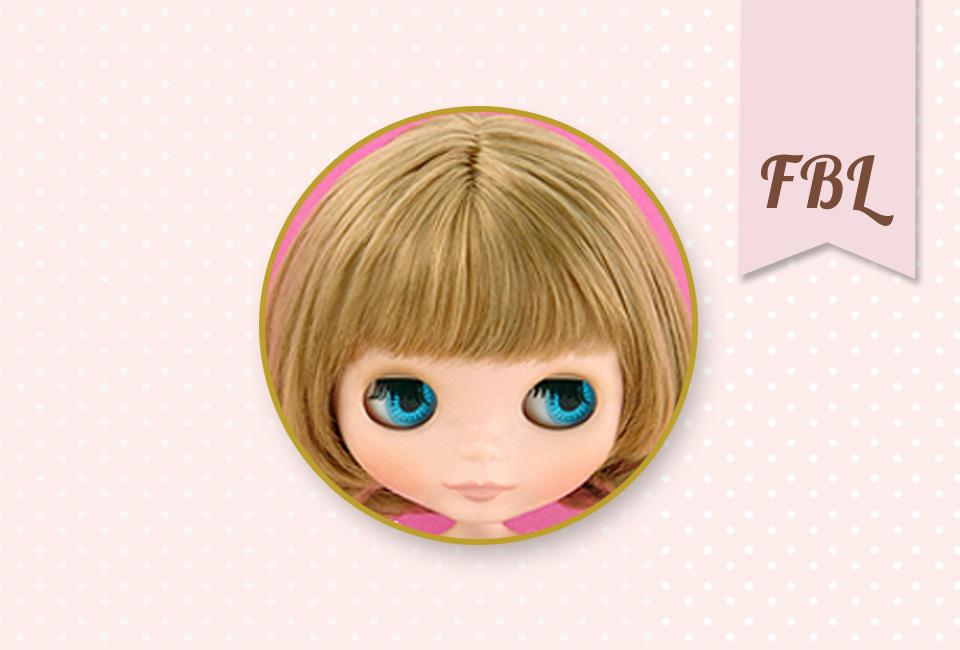
- March of 2009 - Today
- Inspired by the Excellent (EBL) mold, it has a more childish appearance and a less shiny face

- August of 2013 - Today
- Enormous improvement to eye change with the pullring and a softer click with a slight pull
- Only the legs are flexible
- Difficulty in customizing the nose

- TAOBAO Blythe / FAKE Blythe 2012
- Replicas of the original TAKARA molds
- In some models the eye mechanism is a little more visible.
- Replicas do exist of very good quality
3
Origins
The value of the doll varies considerably in accordance with year and manufacturer.
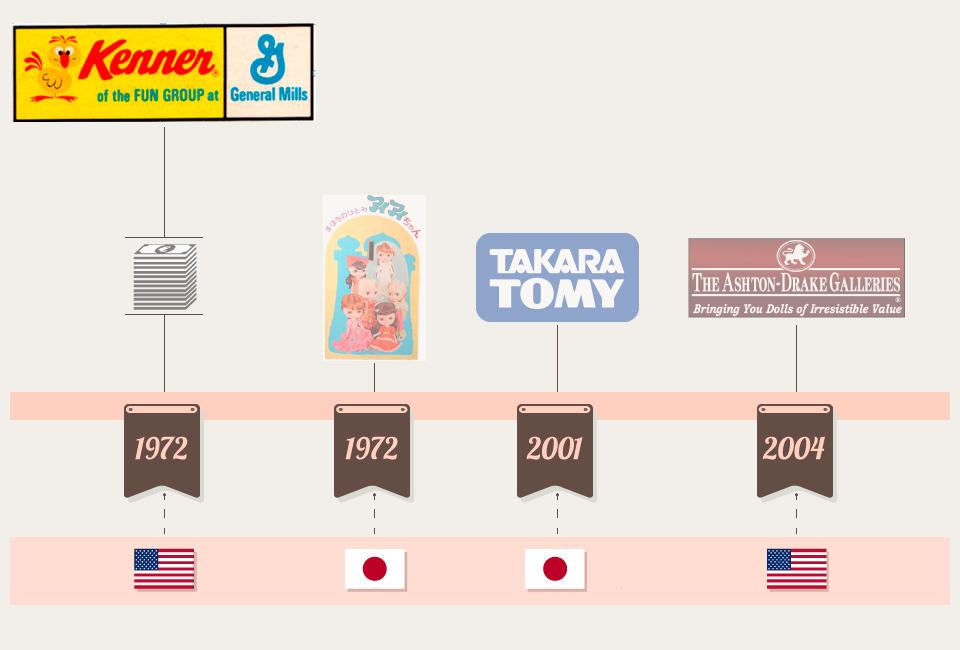
- The originals, sold in the USA in 1972 by Kenner
- They were not very popular.
- Their production was halted one year after their launch.
- They are the most in demand
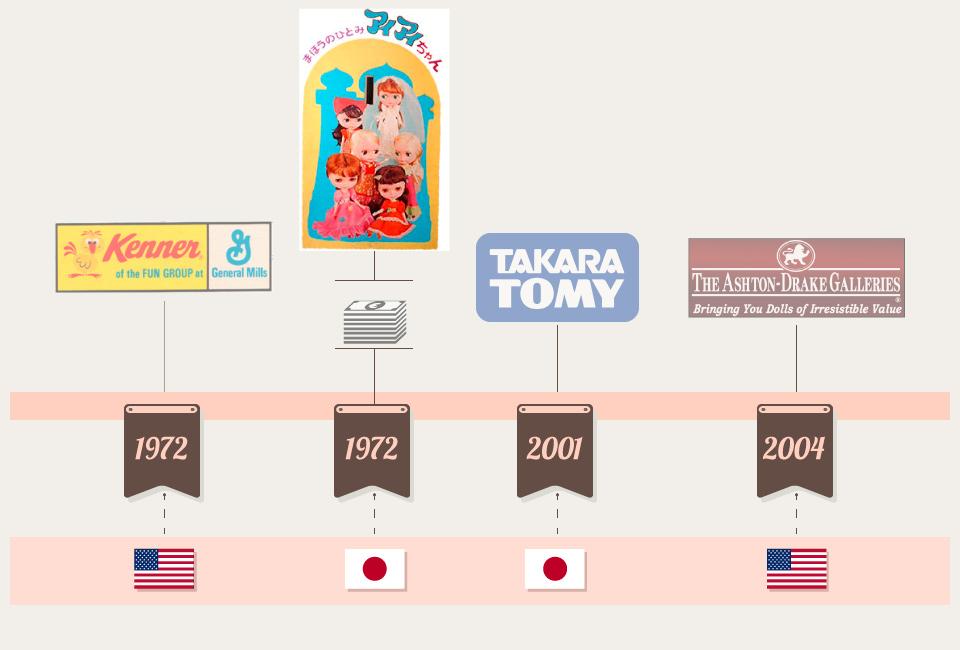
- Manufactured for the Japanese market in 1972 under the Hasbro license and produced by Tomy Toy´s Corp.
- Shinier eyelids and softer hair than the Kenner dolls
- The AiAi Chan were not successful
- Very much in demand and difficult to obtain in the Western market

- Manufactured from 2001 to present day by the Japanese factory TAKARA
- There are 6 different molds
- Their price varies depending on model, with the most in demand being the limited editions

- Replicas almost identical to the 1972 Kenner originals. (Made in USA)
- In 2004, production begins on 12 dolls, with reproduction of the 12 original Kenner outfits
- ADG stopped production in 2007-2008
- They are not in as much demand as the Kenner or AiAi Chan

For adoption
All our dolls are identified with their stamp and certificate of authenticity.


